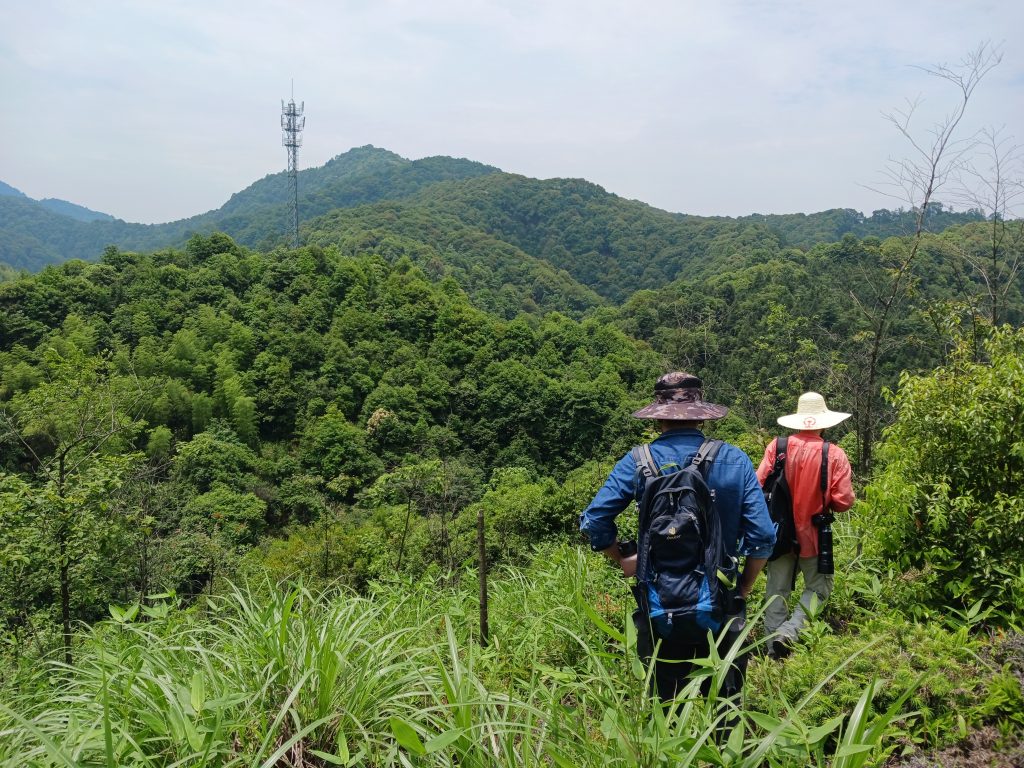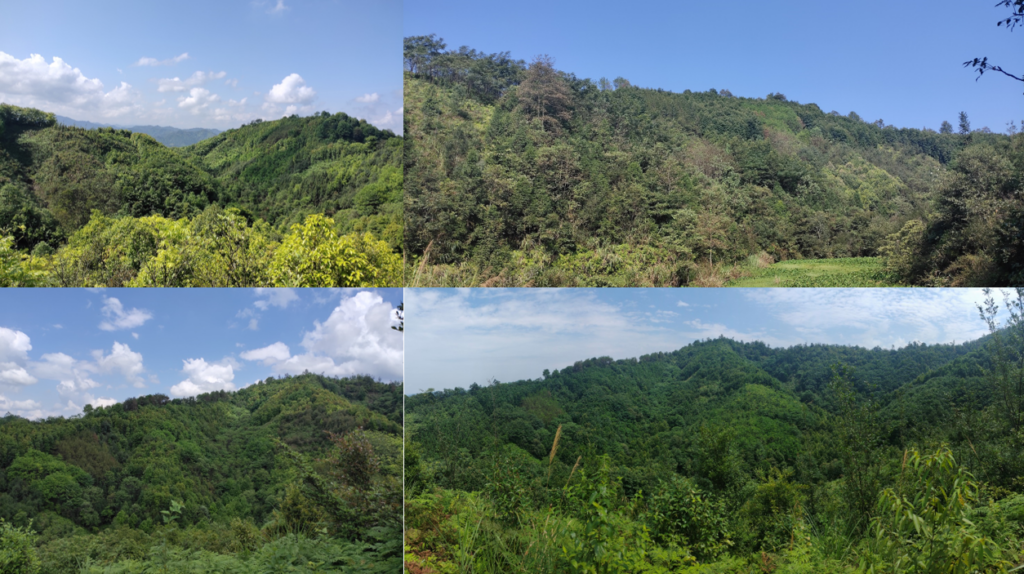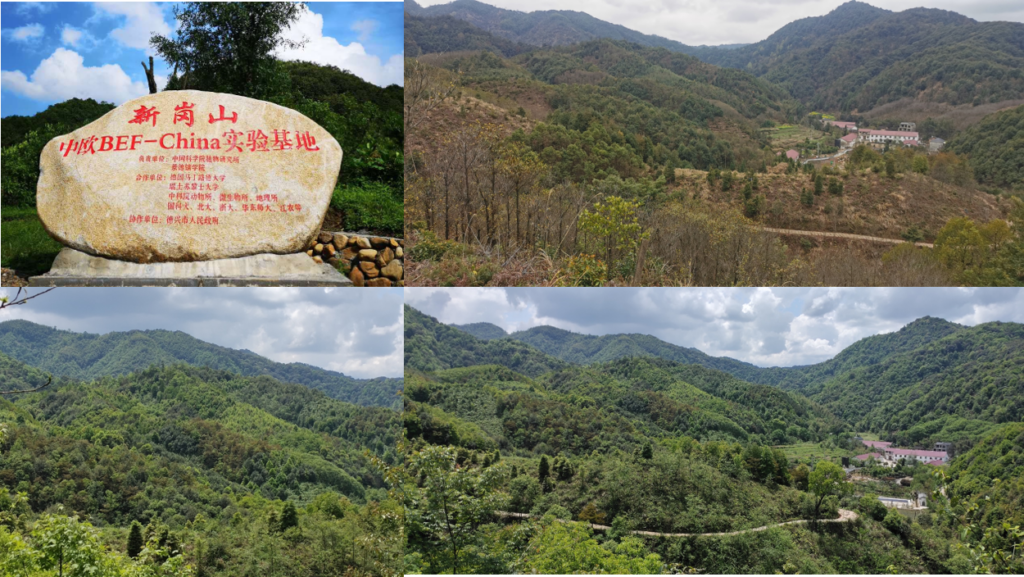BEF-China is the largest Biodiversity-Ecosystem Functioning (BEF) experiment worldwide, which investigates the consequences of species loss on ecosystem-level processes by manipulating tree diversity in Chinese forests. The project builds on previous BEF experiments conducted in laboratory microcosms and grasslands, but focuses on the largely unexplored area of tree diversity. In 2008, BEF-China has been set up as a joint Chinese-German-Swiss research project funded by the German Research Foundation, the National Natural Science Foundation of China and the Swiss National Science Foundation.



The project aims to understand how changes in forest biodiversity affect key ecosystem processes, such as carbon and nutrient cycling, and how these changes in turn impact the provision of ecosystem services, such as timber production and carbon sequestration. The research is conducted in a network of forest plots with varying levels of biodiversity and environmental conditions across China and involves a range of disciplines, from ecology to economics. The ultimate goal of BEF-China is to provide insights into how to manage forests sustainably for the benefit of both biodiversity and human well-being.


BEF-China is a forest diversity experiment conducted at two sites (A and B). The BEF-China main experiment sites are located near Xingangshan, Dexing, Jiangxi Province in southeast China. The experiment involves planting 40 native broad-leaved tree species, 18 shrub species, and two commercial coniferous plantation species for monoculture comparisons. The forest plots are organized into six sets of 16 tree species each, with six levels of tree species richness (ranging from 0 to 16 species). Shrub diversity is also manipulated as a split-plot factor with four diversity levels (ranging from 0 to 8 species). The experiment also includes both random and non-random extinction scenarios. The experiment was established in 2009 (site A) and 2010 (site B) with plot sizes of 1 mu (25.81 x 25.81 m) and 400 trees per mu (6000 per ha) planted at a distance of 1.29 m. The treatments were randomly allocated to plots, and the position of trees within plots was also randomized. Annual measurements of diameter at breast height, height, and other functions are taken, and “ecoscape” variables are also assessed.

